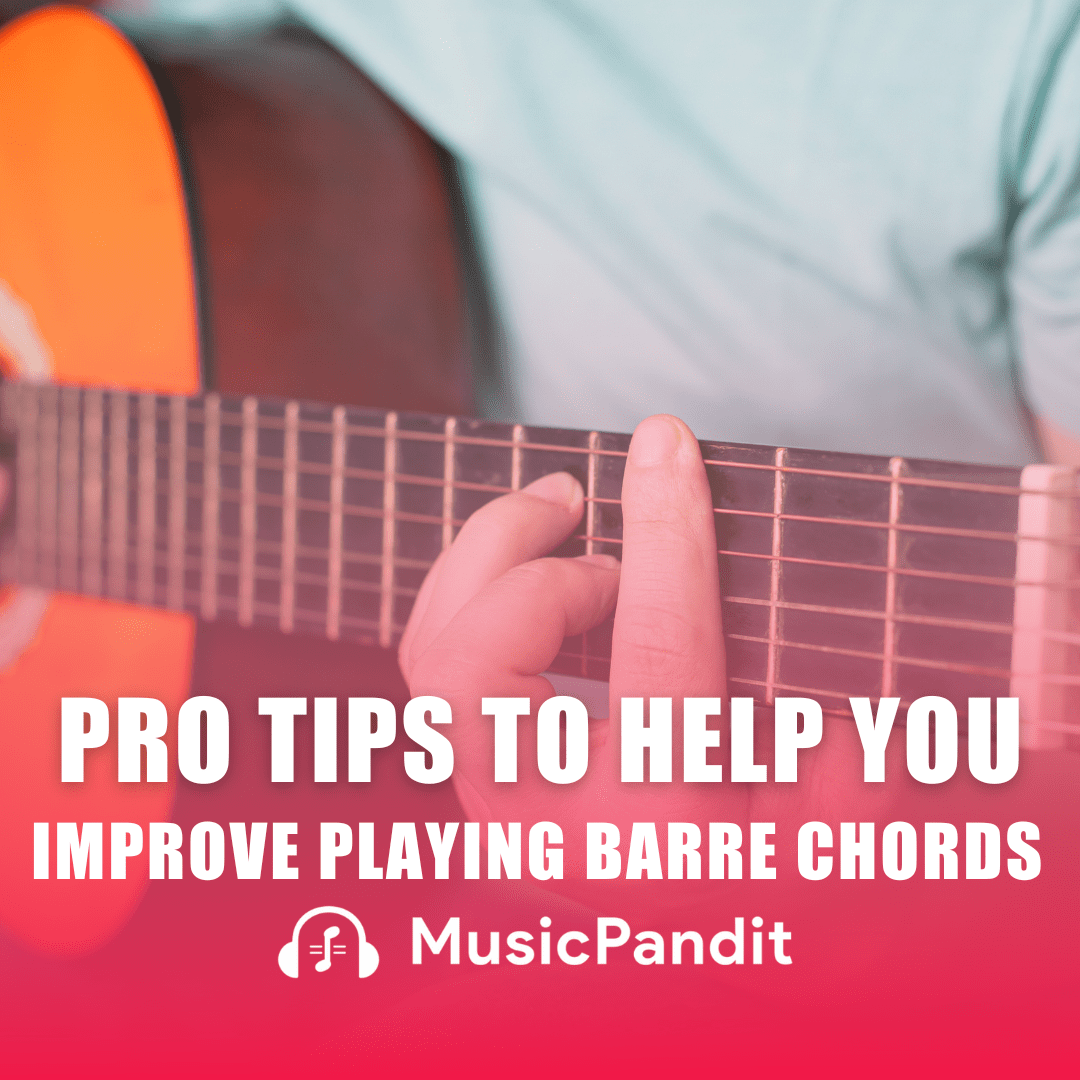If you’ve just started learning the ukulele, it can feel overwhelming to know where to begin. There are so many techniques to practise that it’s easy to get lost. However, focusing on a few core skills at the beginning will set you up for success as your playing improves.
In this article, we’ll cover some of the most important things for ukulele players to practise. Meanwhile, if you’re a Beginner Ukulele Player you have to remember that a ukulele practice routine should be fun but at the same time it should be effective and challenge you to become better. In any case, whatever your goals are you can use these practice tips to develop your ukulele skills.
Tuning
Before you start practising, you need to make sure that your ukulele is in tune. You should learn how to tune your instrument first. Ukuleles are relatively easy to tune compared to other instruments. You can tune by ear using a free tuner app or invest in an inexpensive tuner. Make a habit of tuning before each practice session as proper tuning will ensure you’re playing the right notes.
Reading Tabs and Sheet Music
If you want your practice sessions to be productive, you should learn how to read basic music notation or tabs. This will serve you well as you learn new songs. For this online ukulele classes are a great way to learn how to read tabs. Lessons are usually simplified for ukulele.
Here, you can start with the very basics – learn what each line and symbol in a tab represents. Then practise reading and playing simple one-line melodies and chord progressions. Reading skills may seem unnecessary now but will grow your skills more quickly down the road.
Warm-Up
It’s always good to start your practice sessions with some type of stretches or finger exercises in order to warm up your hands. Generally, playing any instrument is a very physical task and it’s always good to prepare yourself properly. You can think of yourself as an athlete who performs stretching before they run on the track.
Start with stretching your fingers on both hands and then move to your arms and elbow. Hold the stretched position for 10 to 20 seconds.
As for the exercises, warm up with single-string exercises. Start by playing the first string (the A string) as an open string. Then, use your index finger to press the string down on the first fret and pluck the string again. Repeat, with your other fingers. You can try playing a chromatic line.
Finger Placement and Playing Chords
Once you know how to read some basic tabs or notation, you will now know where to place your fingers on the frets. This will help you play easy melodies as well as chords.
That being said, take time to learn the finger placement for common chords like C, G, F and Am. You will find a lot of chord diagrams online or through online ukulele classes that show exactly where to put your fingers.
Once you get down the chords, practice transitioning between chords, even if it’s just switching between two. Here you should go slowly, and over time you’ll build the muscle memory needed to change chords smoothly in a song. Spend 10-15 minutes per practice session just focusing on chord changes. You will have to develop a good fretting hand technique for clean chord changes and avoiding buzzing strings.
Make sure your fingers are curved and pressing directly on the frets, not the strings. Try fretting chords while keeping your hand as stationary as possible. Also practise shifting just one finger at a time when changing chords. Spend 10 minutes per practice session focusing solely on fretting hand exercises and drills. Proper technique will serve you well as songs become more advanced.
Strumming Patterns
Next comes mastering basic strumming patterns. This is one of the most important foundations for any beginning ukulele player. You have to note that even simple down-strums create music. So spend time getting comfortable switching between down and up strums in a consistent rhythm.
Some good starter strumming patterns include down-up, down-up-down-up, and down-up-down. Practise these slowly at first while counting out loud. As you get more comfortable, gradually increase the tempo. Spend at least 15 minutes per practice session just focusing on consistent strumming.
Just like your fretting hand, your strumming hand is just as important to develop. You have to make sure you’re holding the ukulele properly balanced on your lap or leg. Hold the pick (if using one) between your thumb and index finger. Practise consistent, relaxed up and down motions.
Try strumming individual strings to get a clean sound. Strumming too hard or with a tense hand can cause unwanted noises. Spend 10 minutes per practice focusing on strumming exercises and developing a light touch.
Pro Tip:
- For better results, always practise chord changes and strumming with a metronome.
- Set the metronome to a reasonable or slower speed at start.
- Start by playing one chord for every four metronome clicks.
- Keep cycling through the progression until it feels comfortable.
- You can then increase the tempo on the metronome or double your speed by changing chords after two clicks.
- If you want to push the limits of your ukulele strumming skills, change chords on every click.
- You can practise a chord progression that includes a mix of major and minor chords.
Ear Training
Ear-training is an important aspect in music. For this, you can listen to your favourite songs and try to play along. As you do this regularly, you can try figuring out the key or note by testing out some chords to see if you can follow along.
This has to be done regularly. You have to try to emulate a certain melody section of the song, or simply play along with the recording, focusing on listening to the song.
Simple Songs
After you have practised basic strumming and chords well, you can start learning simple songs, mostly the ones that you enjoy. What we would suggest is, you can start with nursery rhymes. We are already familiar with them and the tunes are already engraved in our memories. You will be playing almost similar chords for many of the songs. It’s a great place to start.
However, the takeaway here is that by playing songs you will help develop your rhythm and timing. It’s more fun also than just practising exercises or scales. Try to learn a new song maybe in a week or two or depending on your skills progress.
During your practice session try to expand your playing techniques also. By doing this you will become a more versatile musician. You can learn techniques like hammer-ons and pull-offs, fingerpicking amongst others. The main thing you have to know is how you’d like to sound and accordingly follow the techniques that will get you there.
Repertoire
You can end your practice session with repertoire. This will help you practise what you already know and it’s kinda fun! When you end something that is fun it will help you remember your practice session with more fondness. This will make you want to practise more. Playing music is all about having fun!!!
Maintenance
Something out of topic here but we feel that taking good care of your ukulele is important for keeping it in tune and sounding its best. You should learn proper string changing and cleaning procedures. You should practise regular cleaning and conditioning of the fretboard and body. A quick wipe down after each practice session prevents buildup. Catching any issues early prevents costly repairs. Proper care will help your instrument serve you for many years of learning and playing.
Related Article: The Benefits of Practicing Music
Final Words
Starting out playing the ukulele can feel daunting, but breaking skills down into small, focused practice sessions is key. The techniques covered here like strumming, chords, tuning and simple songs will set you up for success as a beginning player. Be sure to also check out our online ukulele classes which can help supplement students’ learning. Most importantly, have fun with it! Playing music should be relaxing and enjoyable.














